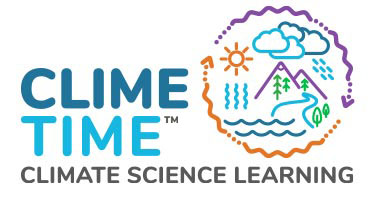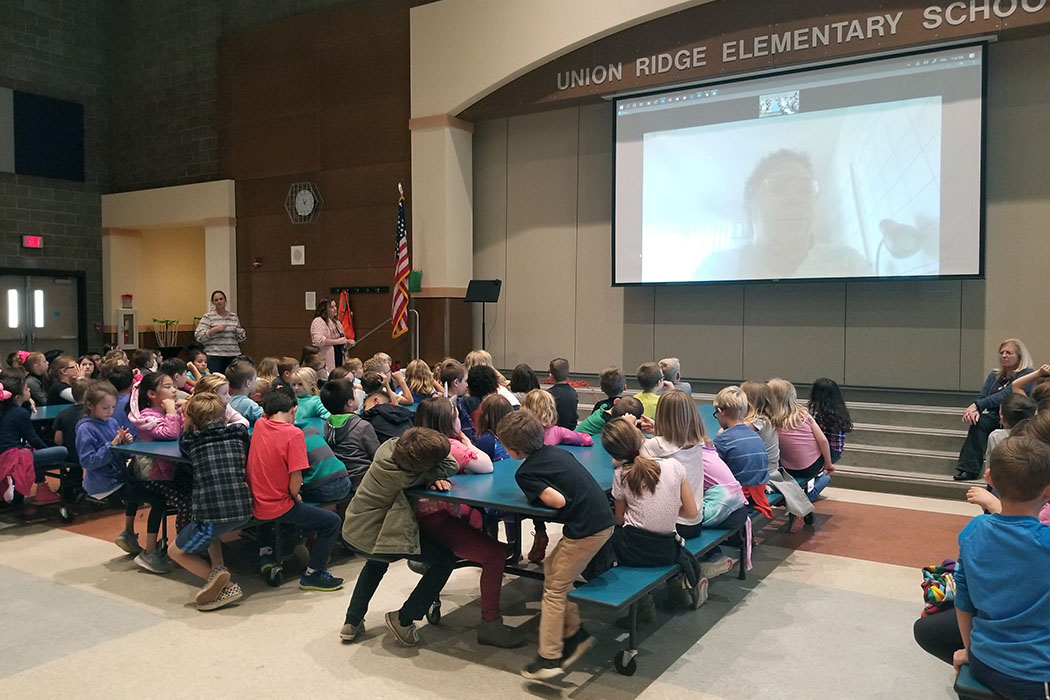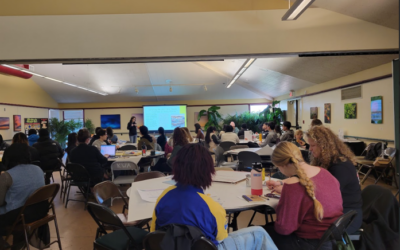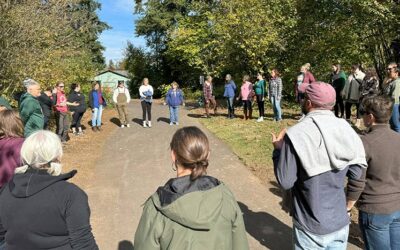If there’s one thing education professionals can count on, it’s that educational standards and practices will continue to evolve over time as new research becomes available, and so will the need to align instruction to these changes. Following the adoption of Next Generation Science Standards (NGSS) in 2013, ESD 112 sought creative ways to provide teachers with support in teaching the new standards. As a result, STEM Storyline units were developed and offered to teachers as free Open Educational Resources. These new units are intended to be paired with existing science kits from the ESD 112 STEM Materials Center as a way to enhance teaching of NGSS learning standards without adding unnecessary strain to teachers’ already-full workloads.
The STEM Storylines are designed to empower students to become conductors of their own education, and activities are meant to be designed and led by the students, leading students to be more engaged and interested in finding practical solutions to problems. This approach to teaching is called student-centered learning and is a significant component of NGSS. Teachers who have begun to use STEM Storylines in their classrooms have noticed a difference in students’ responses to learning science.
“I’ve been teaching using the [STEM Materials Center] science kits for years, but the Storylines add another dimension to the process,” said Sara Eastham, a second-grade teacher at Union Ridge Elementary School in Ridgefield. “Starting with a real-world driving question and getting the students engaged on a personal level creates excitement and curiosity.”
Eastham has been teaching at Union Ridge Elementary for 25 years. She and most of her building colleagues from all grade levels have participated in the ESD’s STEM-tastic Summer Science Symposium, a three-day training event held in late summer that lets teachers take a deep dive into each Storyline. The teachers learn the content of the new curriculum, as well as how to use it in conjunction with the science kits they’ve already been using for years. This annual training is also supported by ClimeTime funding and is free for teachers to attend.
The Storyline that Eastham used in her class last fall was called “Why Won’t Shanelle’s Blueberries Grow?” Students learned about ideal growing conditions for plants and variables that might impact the growth of blueberries and tried to come up with solutions for a blueberry crop that wasn’t producing fruit. Although the Storyline itself is fictional, Shanelle is indeed a real urban farmer from the Seattle area. While they worked on solving Shanelle’s problem, the Union Ridge second graders had the opportunity to video chat with Shanelle and ask her questions about her work as a farmer. By connecting the unit with an actual farmer, students were able to make connections between what they learned in class to real-life events happening just a couple of hours away from their own community.
Kim Stenbak is a fourth-grade teacher at Union Ridge who is also using STEM Storylines in her classroom. Their most recent unit was “Save the Pikas!” and its story is also based on local climate science-related phenomena. Following the devastating Eagle Creek Fire in the Columbia River Gorge in 2017, the region’s pika (small mammals closely related to rabbits) population was heavily impacted. The Storylines unit focuses on the ideal pika habitat and how people might be able to help the pikas rebuild their population after so much of their habitat was destroyed in the wildfire. Students created a poster campaign to educate their community while showcasing their learning.
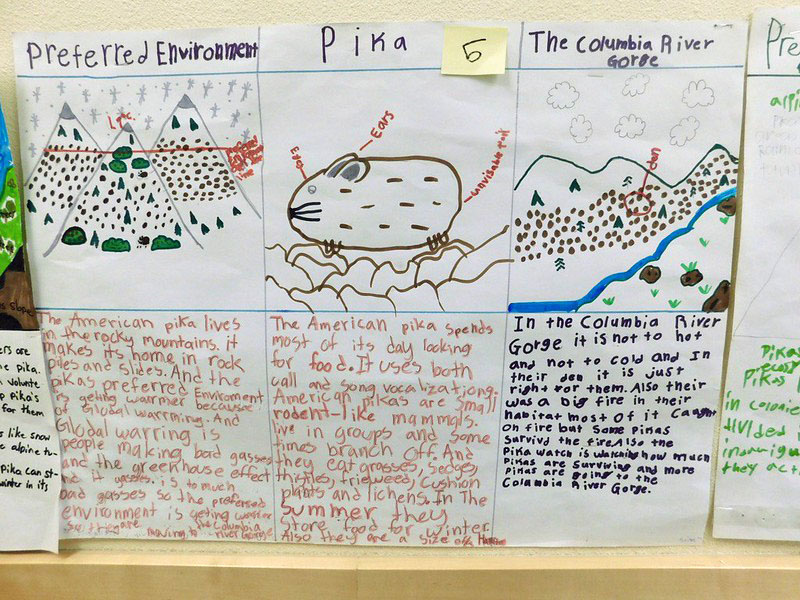
“Save the Pikas!” student posters
Through this activity, students are learning about the types of events that contribute to changes in climate, which can ultimately affect the habitability of species like the pikas—and perhaps even that of humans. Stenbak says this is leading the students to make connections between the science they’re learning in class and things that are happening in their local community and environment. They’re even going beyond the pika lesson and coming up with ways that they and their families and friends can contribute to a healthier environment for everyone.
“My students are developing more awareness of how their actions might affect the climate of the community they live in,” said Stenbak, “and they want to do something about it. They’ve talked to each other about recycling more and walking or biking places instead of driving. They’ve really become leaders in the school on environmental awareness and even started a campus-wide recycling program here at Union Ridge.”
By providing training on how to use these Storyline units in a classroom, ESD 112 is better equipping elementary school teachers in Southwest Washington with ways to teach in alignment with NGSS and with the goal of promoting STEM literacy in our region. The STEM-tastic Summer training event will take place again this summer to train teachers on the Storyline units and how to use them with existing STEM kits. To be added to our email list about upcoming classes and events, please visit stemmaterials.org or email pranjali.upadhyay@esd112.org for more information.
